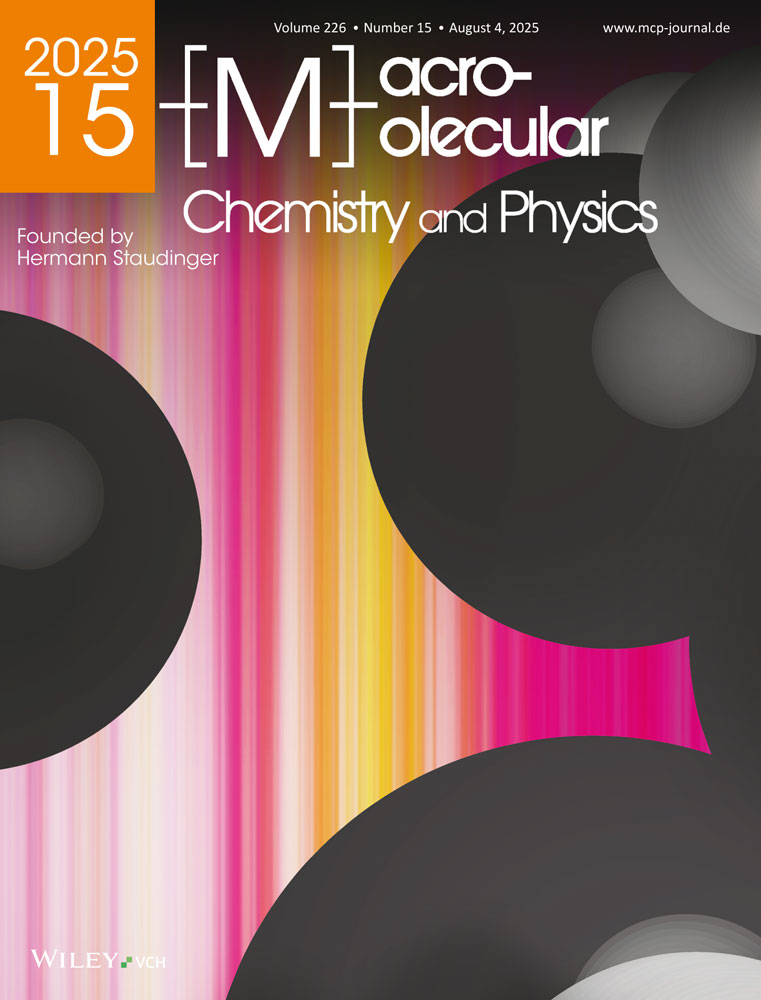General statistics of sequences during polymer analogous reactions†
Presented in part at the Second European Symposium on Polymer Spectroscopy, Milano, June 1971, and IUPAC International Symposium, Boston, July 1971.
Abstract
enWhen converting a homopolymer, consisting of monomer units A, by a polymer analogous reaction into a copolymer, composed of monomer units A and B, the reversible reaction A ⇄ B may be kinetically influenced by the two flanking monomer units. The distribution of the blocks along the chain of the copolymer is shown to be random in the sense that the probability of a block of given length does not depend on the length of adjacent blocks. As opposed to the random distribution of the blocks in the chain, the frequency distribution of the block lengths conforms to block probabilities determined by a non-MARKOVian statistics of monomer units. The exact way to use conditional probabilities for calculating the probabilities of sequences is presented. A method for deriving rate equations of polymer analogous reactions and their use for proving the random distribution of the blocks is described. Model copolymers obtained by Monte Carlo simulation of polymer analogous reactions confirm the random statistics of blocks and the non-MARKOVian statistics of monomer units.
Abstract
deWird ein aus Monomereinheiten A bestehendes Homopolymeres durch eine polymeranaloge Reaktion in ein Copolymeres der Monomereinheiten A und B umgewandelt, so kann die reversible Reaktion A ⇄ B in ihrer Kinetik von den beiden benachbarten Monomereinheiten abhängen. Es wird gezeigt, daß in den Copolymeren eine regellose Verteilung der Blöcke entlang der Kette vorliegt in dem Sinne, daß die Wahrscheinlichkeit eines Blockes bestimmter Länge nicht von der Länge benachbarter Blöcke abhängt. Im Gegensatz zur regellosen Verteilung der Blöcke in der Kette entspricht die Häufigkeitsverteilung der Blocklänge einer nicht-MARKOFFschen Statistik der Monomereinheiten. Ein exaktes Schema für die Anwendung von bedingten Wahrscheinlichkeiten zur Berechnung der Wahrscheinlichkeiten von Sequenzen wird angegeben. Eine Methode zur Ableitung der Geschwindigkeitsgleichungen für polymeranaloge Reaktionen und deren Anwendung zum Beweis der regellosen Statistik der Blöcke wird beschrieben. Durch Monte-Carlo-Simulation erhaltene Modellcopolymere bestätigen die regellose Statistik der Blöcke und die nicht-MARKOFFsche Statistik der Monomereinheiten.




